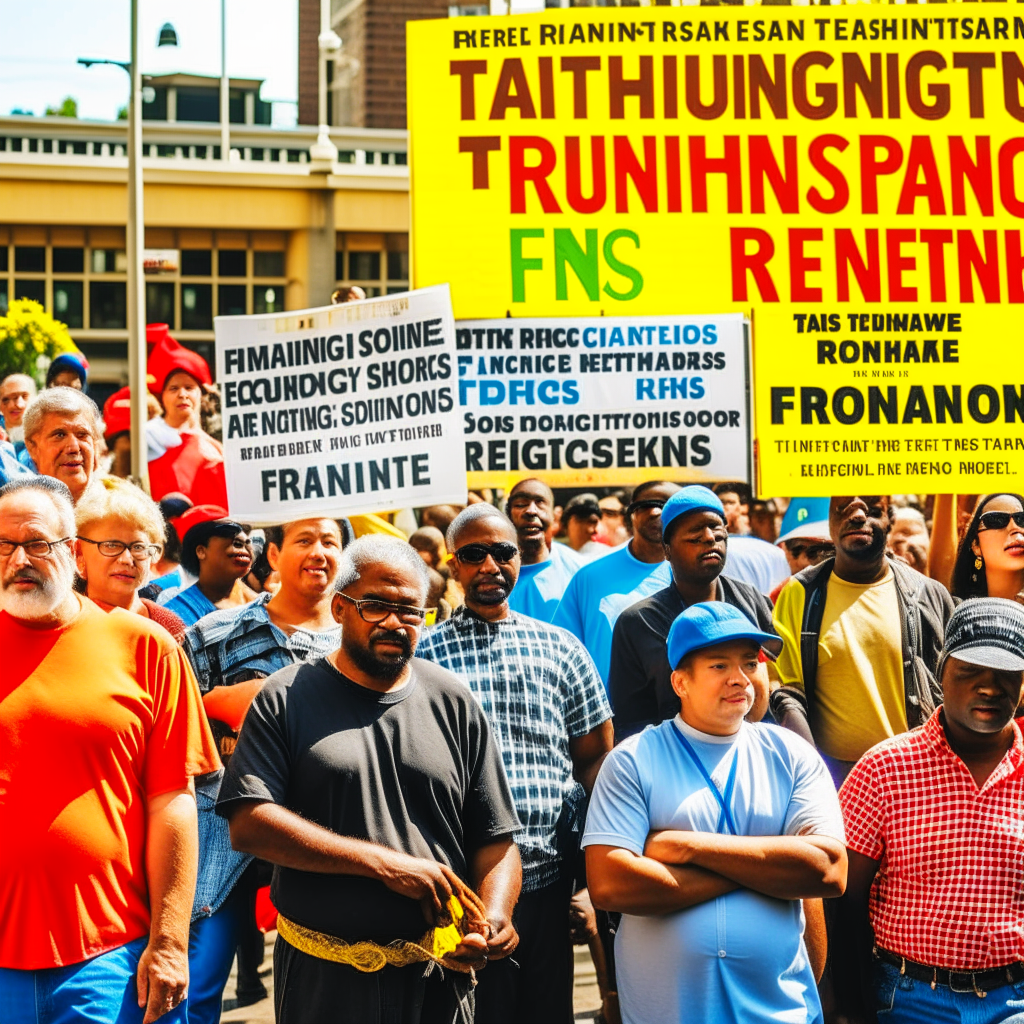Income inequality has been a growing problem in the United States for decades. The gap between the wealthy and the poor has been widening, and the effects of this divide are felt in every corner of the country. The issue of income inequality is complex and multifaceted, but there are solutions that can help to reduce the divide and create a more equitable society.
One of the most effective ways to close the wealth divide is to increase access to education. Education is a powerful tool for economic mobility, and it can help to level the playing field for those who are disadvantaged. Investing in quality public education, from early childhood through college, can help to ensure that everyone has the opportunity to reach their full potential.
Another way to reduce income inequality is to increase the minimum wage. The current federal minimum wage of $7.25 an hour is not enough to support a family, and raising it to a living wage would help to ensure that all workers are able to make ends meet. Additionally, providing tax credits and other incentives to low-income families can help to reduce the burden of poverty.
Finally, it is important to address the systemic issues that contribute to income inequality. This includes reforming the tax code to ensure that the wealthy pay their fair share, closing corporate loopholes, and investing in infrastructure and job training programs. These measures can help to create a more equitable economy and reduce the wealth divide.
Closing the wealth divide is a complex issue, but there are solutions that can help to reduce income inequality and create a more equitable society. Investing in education, raising the minimum wage, and addressing systemic issues are all important steps towards creating a more just and prosperous future.





